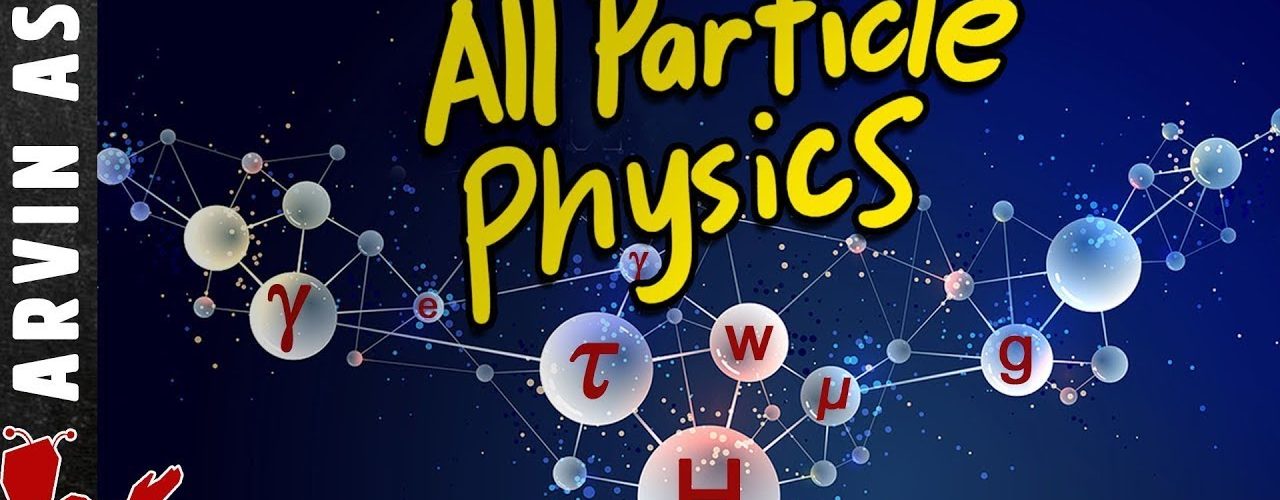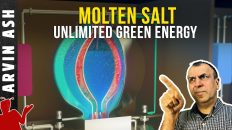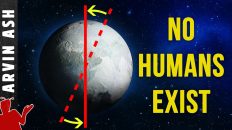If you didn’t understand this video, these may help:
https://youtu.be/xZqID1zSm0k — Mechanism of the fundamental forces
https://youtu.be/jlEovwE1oHI — What are quantum fields?
0:00 – Intro & Fields
2:22 – Special offer
3:09 – Particles, charges, forces
6:32 – Recap
7:13 – Electromagnetism
10:04 – Weak force
12:19 – Strong force
16:53 – Higgs
If we generalize the concept of bosons interacting with particles, we can get all fundamental particle physics. Complex math, but physicist Richard Feynman came up with a simple way to view these interactions – Feynman diagrams.
The 12 fermions are depicted as straight lines with arrows in the diagrams. The arrows represent the “flow” of fermions. No two arrows point towards each other. If time is in the x direction, then fermion arrows going forwards are matter particles, and those going backwards, antimatter particles.
All 6 quarks have color charges. All particles with color charges interact with the strong nuclear force. Quarks also have an electric charge, so they also feel the electromagnetic force.
Leptons can be divided into the electron and its heavier cousins, the muon and tau particles. These all have electric charges but no color charges. Neutrinos do not have a color charge or an electric charge, so they are not affected by the strong and electromagnetic forces.
All fermions carry something called weak isospin. This can be thought of as the “charge” of the weak force. It can be +1/2 or -1/2. All fermions interact with the weak force. But weak isospin can also be -1, 0, and +1 – the W- boson has a weak isospin of -1, W+ has +1, Higgs has -1/2, and Z boson and photons have a weak isospin of 0. Note that this zero is not the same has having no isospin. Everything in the standard model has a weak isospin except gluons.
The weak force has the power to turn one particle into another particle. It is the only force that can do that.
To recap, quarks interact with all forces, electron like particles interact with electromagnetism and the weak force, but do not interact with the strong force. Neutrinos only interact with the weak force and nothing else. Only quarks and gluons carry the strong force. Higgs bosons do not interact with photons or gluons. They confer mass to fundamental particles, so all fundamental particles with mass interact with Higgs.
The simplest force is electromagnetic which interacts with quarks and leptons. Repulsion is depicted in Møller scattering. Attraction is shown in Bhabha scattering. When electrons and positrons are near each other, they can annihilate or attract each other.’
Weak force is felt by all of the standard model particles, except gluons. W-boson can do something very special. They can change the identity or flavor of the particle – a neutron to a proton. We probably would not exist without it.
Z-boson has no electric charge and can mediate interactions with electrically neutral particles like the neutrino and the Higgs.
The strong force is the most complicated mathematically, but since it only relates to quarks and gluons. A pair of quarks can change color. This happens all the time inside protons and neutrons, and is the glue that binds the quarks together.
Because gluons themselves contain color charges, they also interact with each other via complicated diagrams. This is what flux tubes are made of. These tubes are formed when you try to pull quarks apart.
Mesons are formed when a quark tries to leave a nucleon. These mesons are a combination of a quark, anti-quark pairs which mediate the strong force between protons and neutrons.
Pi mesons exchanges colors and quarks between protons and neutron. This is what keeps them glued together. Color charges must be conserved. Either red, blue, and green must combine, or color anti-color must combine to form a neutral color charge.
The most prominent process used at the Large hadron collider to make a Higgs boson is called the gluon fusion process. During high energy proton-proton collisions, two high energy gluons can be produced. Strong force interaction can turn these into top quarks which fuse together via a loop of top quark, anti-top quark creation and annihilation. The energy of this can create a Higgs boson.
#particlephysics
#fundamentalforces
When particles decay, they tend to decay into the next highest mass particle. Top quark has the highest mass of all elementary particles. Higgs boson has the second highest mass.
Further reading: t.ly/fKKD







